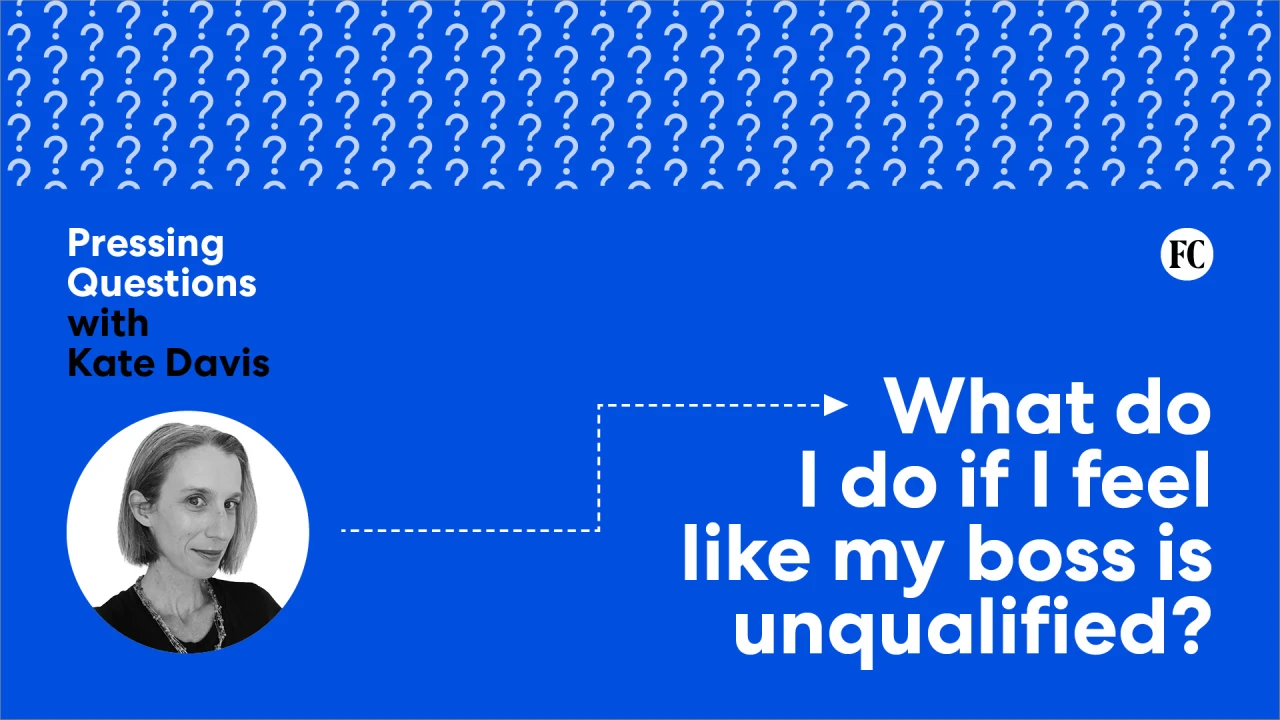Small Businesses Report Easing Labor Shortages, Yet Challenges Remain

Job openings for small businesses in July experienced a significant shift, reflecting the ongoing challenges in the labor market. According to the latest report from the National Federation of Independent Business (NFIB), 33% of small business owners reported unfilled job openings, marking a drop of three points from June and the lowest level recorded since December 2020. However, this figure still surpasses the historical average of 25%, indicating that while some improvement is noted, issues remain prevalent.
“Finding qualified workers is easing overall but still remains significant for many small business owners in July,” noted NFIB Chief Economist Bill Dunkelberg. “The easing labor market pressures are also reflected in fewer firms raising compensation.”
A closer look at the statistics reveals that 57% of small business owners were active in hiring or attempting to hire in July, a slight decrease from June. However, the struggle to find qualified candidates appears to be a persistent concern. A notable 84% of those looking to fill positions reported encountering few or no qualified applicants, despite witnessing a 2-point decline in this figure compared to the previous month. This phenomenon showcases the delicate balance small businesses must maintain as they navigate the dual challenges of attracting talent and managing operational costs.
Interestingly, skilled trades sectors such as construction, wholesale, and transportation exhibited the highest number of job openings, while finance and agriculture lagged behind in available positions. This disparity underscores the varying demand for labor across different industries, reminding small business owners to assess the labor trends pertinent to their specific fields.
In addition to ongoing hiring challenges, compensation strategies are also shifting. A seasonally adjusted net 27% of small business owners reported having raised salaries in July, although this was a decline of six points from June. Looking ahead, a net 17% of owners indicated plans to increase compensation in the upcoming three months—a slight decrease as well. With labor costs now cited as the single most important issue by 9% of business owners, it is critical for small enterprises to weigh their hiring strategies against potential increases in wages.
Despite current challenges, there is a glimmer of optimism regarding job creation. A net 14% of small business owners plan to hire new employees in the next quarter, an increase from the previous month and above the historical average of 11%. This statistic indicates that while obstacles create hurdles, many business leaders remain committed to growth and expansion.
The findings from the NFIB Jobs Report highlight both the progress and the hurdles small business owners face as they manage human resources in a fluctuating labor market. The improvements in job openings suggest a gradual recovery, yet the persistent challenges in attracting qualified candidates present a complex landscape for small business operations.
Small business owners must stay attuned to these shifts, assessing their hiring practices and compensation strategies in light of current trends. The practices adopted in the coming months will likely play a significant role in how effectively they can navigate the ongoing labor market complexities.
For a more in-depth analysis, small business owners can view the entire NFIB Jobs Report here. Keeping an eye on such reports will be crucial for small businesses looking to adapt and thrive in a competitive environment.
Image Via Envato
This article, "Small Businesses Report Easing Labor Shortages, Yet Challenges Remain" was first published on Small Business Trends
What's Your Reaction?
 Like
0
Like
0
 Dislike
0
Dislike
0
 Love
0
Love
0
 Funny
0
Funny
0
 Angry
0
Angry
0
 Sad
0
Sad
0
 Wow
0
Wow
0
















































![Foundry Town Survivors chart a cinematic storm with haunting sea ballad 'Three Sisters' [Video]](https://earmilk.com/wp-content/uploads/2025/08/A-5-800x825.jpg)











































